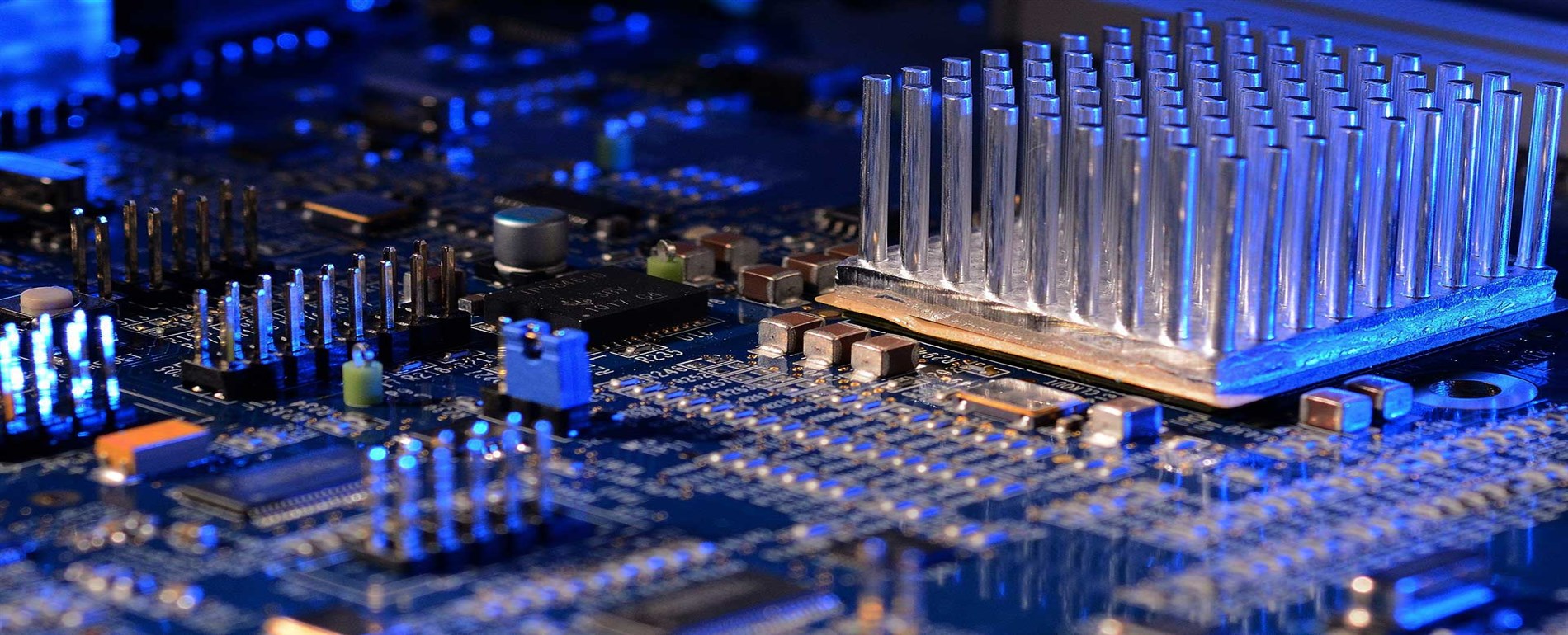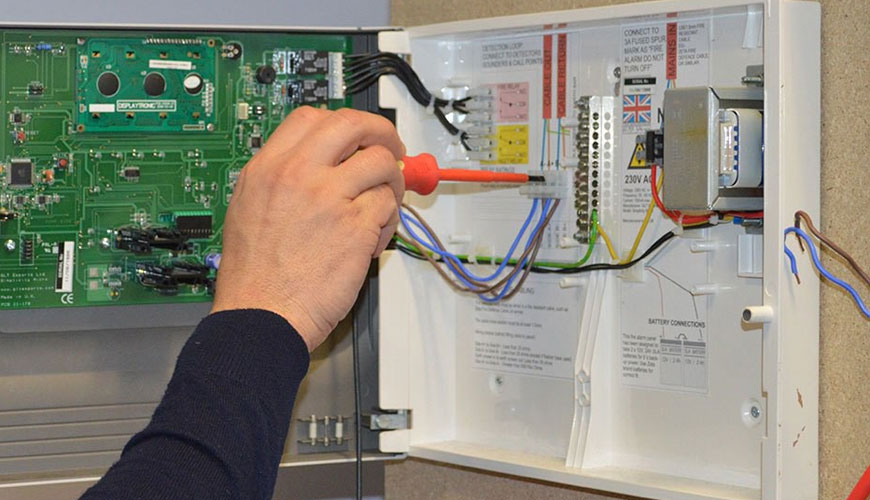

EUROLAB, with its state-of-the-art accredited laboratories and expert team, provides precise and fast testing services within the scope of IEC EN 62642-5-3 testing. IEC EN 62642-5-3 applies to intrusion alarm equipment using radio frequency links and located in protected facilities. This standard defines terms used in the field of burglar alarm equipment using radio frequency links, as well as requirements for the equipment. It is used in conjunction with other parts of the IEC EN 62642 series, which defines the functional requirements of the equipment regardless of the type of interconnect used.

The purpose of the coincidence rate requirement is to provide a high level of confidence in the transmission of alarm and monitoring messages, thereby reducing the likelihood that equipment in the same system will by design cause interference and possibly cause information loss or corruption.
Intentional message substitution usually attempts to lower the security of the system by first incorrectly de-setting it. Unintentional message modification often causes false alarms or tampering alarms and is of irritating value.
Monitoring of RF links will be performed by all receiving equipment. RF links will be monitored according to their degree. The indication or notification depends on the grade and condition of the equipment and the type of disturbances detected by the monitoring function.
All level measurements should be made with a spectrum analyzer rated in dBm unless otherwise stated. The RF signal level measured at the input of the spectrum analyzer will be equal to the RF signal level fed to the antennas. All cables will have the same characteristic impedance.
The collision rate for any given system will be calculated as a derivative of the maximum number of transmitters, the duration of individual tracking transmissions, and the number of tracking transmissions.
For high field strength measurements (above 1 V/m), a uniform field must first be established in the shielded anechoic chamber. All tests should be performed twice, once with the antenna generating the interference signal positioned vertically and again with the antenna positioned horizontally.
EUROLAB assists manufacturers with IEC EN 62642-5-3 test compliance. Our test experts, with their professional working mission and principles, provide you, our manufacturers and suppliers, the best service and controlled testing process in our laboratories. Thanks to these services, businesses receive more effective, high-performance and quality testing services and provide safe, fast and uninterrupted service to their customers.
To get an appointment, to get more detailed information or to request an evaluation, you can ask us to fill in our form and reach you.